~ * ~ * ~ * ~ 9 Birds to Look for This Winter to Brighten Your Day ~ New Year's Cheers for Health & Happiness!~ * ~ * ~ * ~
Hey Everyone! It's been awhile since my last post but I'm back from my short hiatus. As I'm sure you all know, it's JANUARY now, the New Year of 2018 - Super exciting, right? But while January 1st is the start of a new year, it's also still just the beginning of winter so we've got a ways to go before Spring arrives. That being said, winter can be so blah to me, and I find the cold days often make me feel un-lively and un-energetic, especially since I enjoy being outside and gardening.
That's why today, I'd like to share with you 9 birds to look for this winter to brighten your day!
~ * ~ * ~ * ~
Did you know, Winter is the perfect opportunity to see birds you wouldn’t otherwise see the rest of the year?
Yes. It’s true. Many birds are migratory species, meaning they travel to different areas of the world in cold months. Also, food scarcity tends to increase during the winter, so you have a great opportunity to lure these feathered creatures to your very own backyard.
Even if you’re not an avid birdwatcher, what’s not to love about a bright, red cardinal dancing along your fencepost?
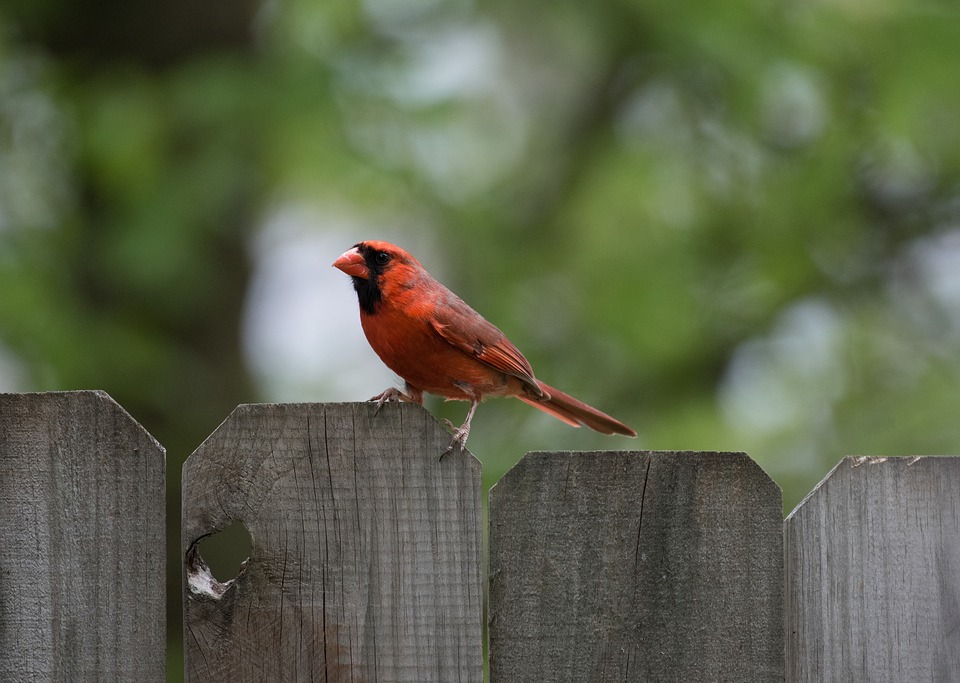
Or, even better…Finding one of these scarlet birds amidst a backdrop of snow-covered branches.
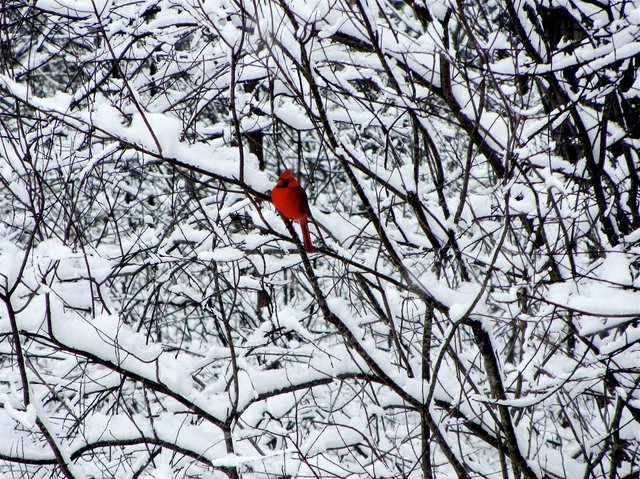
When the Winter months have you aching for springtime, keep your eyes (and ears) open for these 9 birds. They are sure to brighten even the gloomiest, coldest day.
American Goldfinch
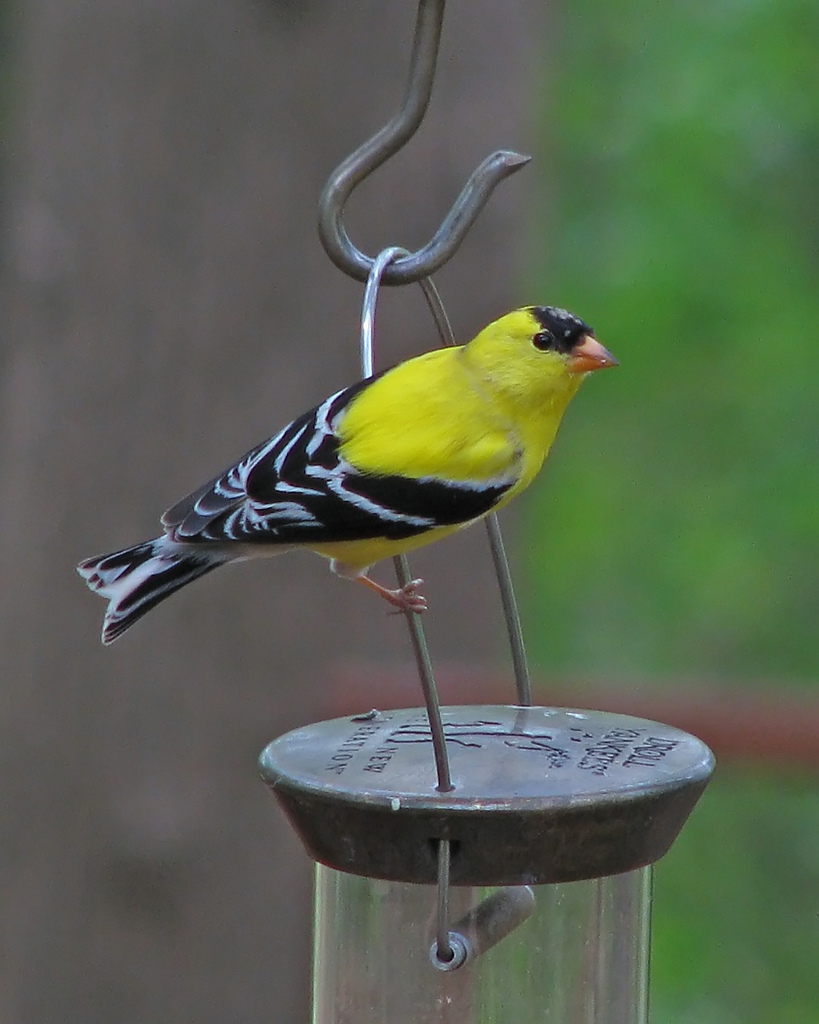
You simply cannot miss the American Goldfinch with it’s bright, yellow body, black and white wings, and black angular head markings. During Winter, this beautiful bird can be spotted in the U.S. and southern Canada.
What to feed them: black oil sunflower seed and thistle seed.
Shrikes
These songbirds come in many varieties. Two that are very easy to spot are the Northern and Southern Shrikes. They have a strikingly similar look, both with a black and white body.
Northern Shrike
.jpg)
Southern Shrike
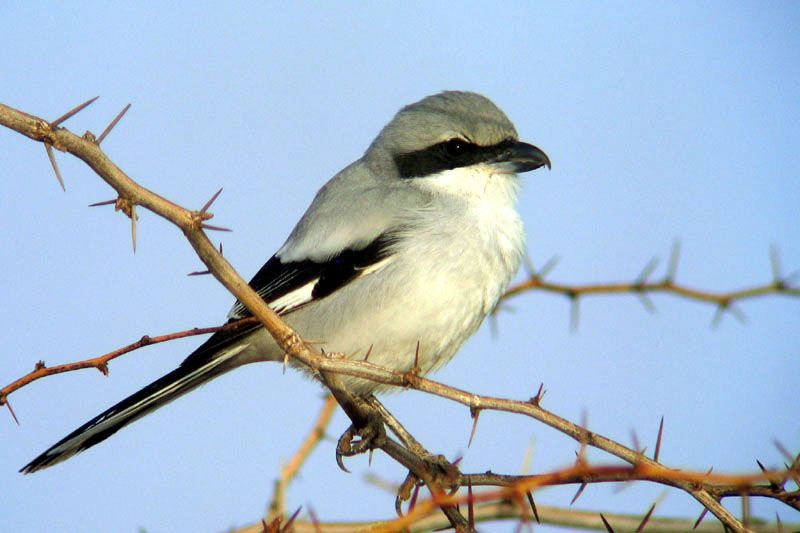
Like the American Goldfinch, in winter, you can spot these birds in the U.S. and southern Canada. Interestingly, you may not need to feed these birds at all. They are predatory, feeding on insects, small mammals, small reptiles, and other birds. To many, they are considered a pest bird because, shockingly, they are known to impale their prey!
They don’t call them “butcher birds” for nothing!
Cedar Waxwing
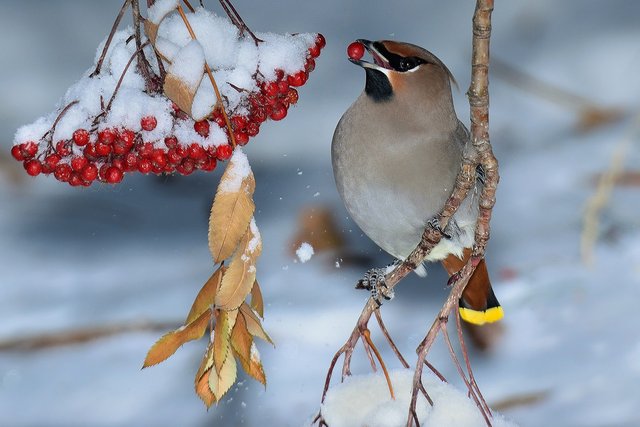
I absolutely love seeing a Cedar Waxwing plucking berries from a bush. You know you’ve spotted one of these magnificent birds when you see the light rust-colored feathers that ombre into a misty grey-blue…and you might almost miss the red and yellow painted on the ends of its wings and tail.
Like the first two birds mentioned, in the winter, you can spot them in the U.S. and southern Canada.
What to feed them: Provide ample berry plants or bushes in your yard. They particularly love feasting on raspberry, strawberry, and cedar berry, (hence the name, Cedar Waxwing).
Nuthatch
As the name implies, these birds have a thing for nuts… specifically, breaking them against a tree to open the fleshy center. This winter, look out for these varieties:
The White-breasted Nuthatch, (Location: North America and southern Canada)
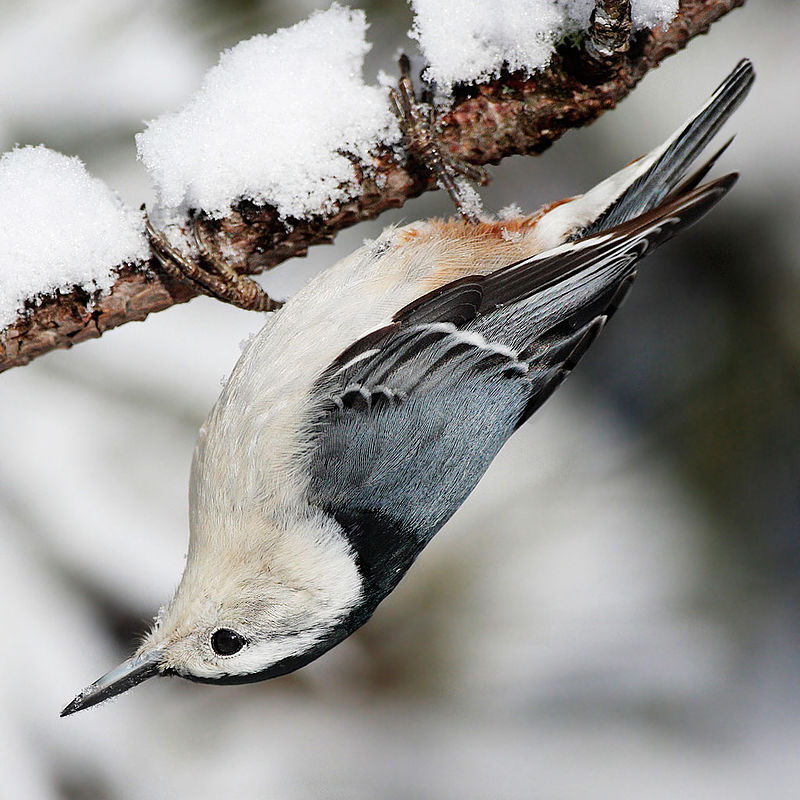
The Red-breasted Nuthatch, (Location: Throughout U.S. and southern Canada)
10-4c.jpg)
The Brown-headed Nuthatch, (Location: Southeast United States)
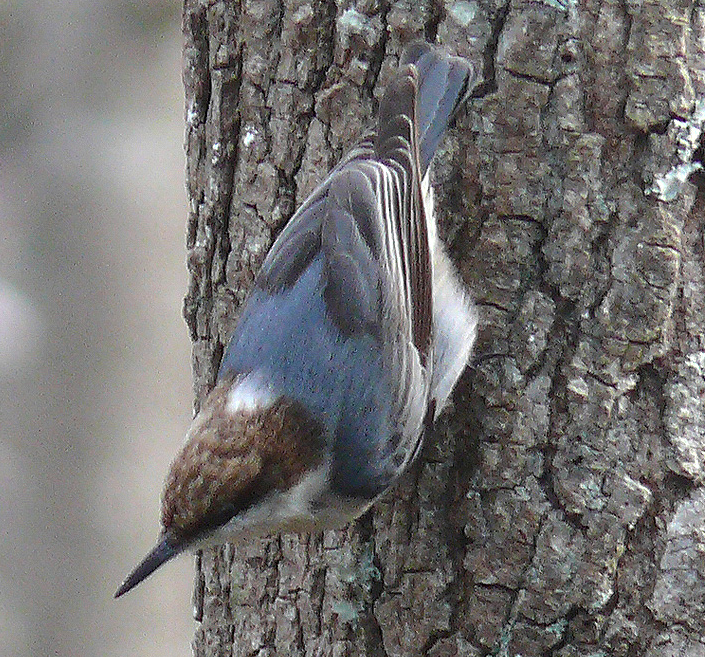
What to feed them: sunflower seeds and peanuts
Downy Woodpecker
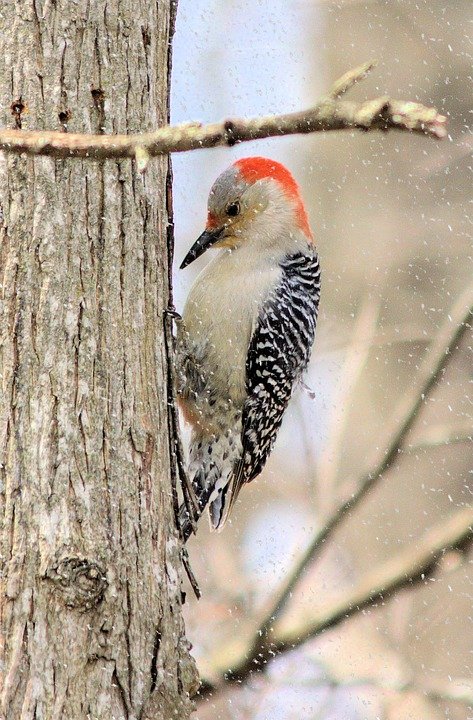
Another bird that’s easy to spot is the Downy Woodpecker. It has a black and white body but the dead giveaway for this one is a bright red-orange head coloring. Sometimes, it appears neon orange. Luckily, you have the opportunity to see them throughout the entire year, if you live in the U.S. or Canada.
What to feed them: Woodpeckers love suet! You may want to simply smear some suet in the bark of a tree, place suet cakes in a wire cage, or use a suet feeder.
Blue Jay
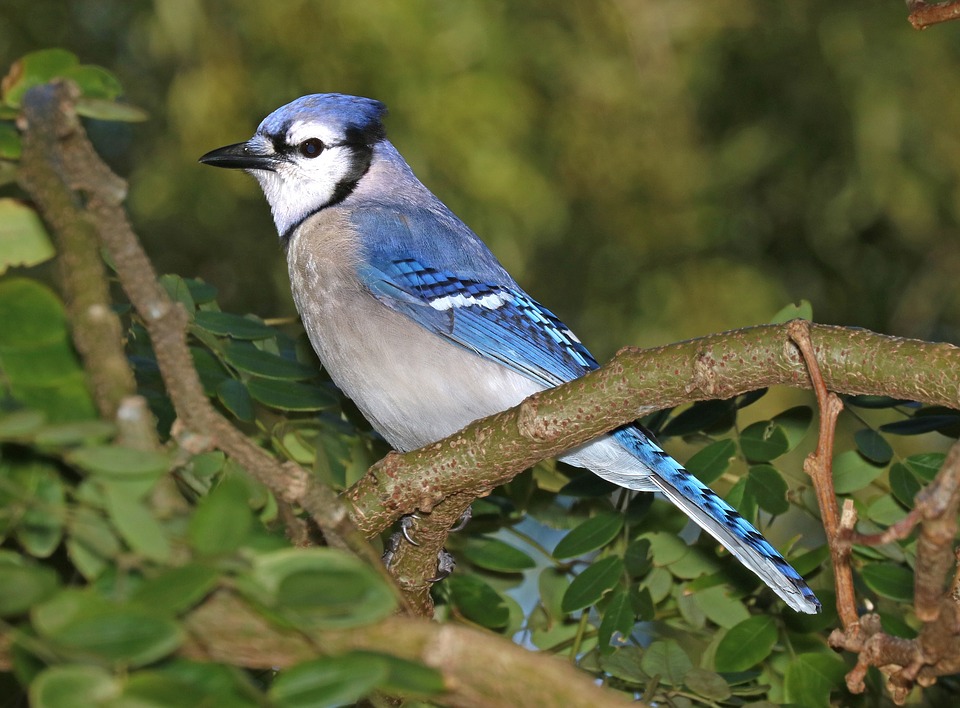
Blue Jays are a widely symbolic bird, not only in To Kill a Mockingbird but also in the spiritual realm. In Native American symbolism, seeing a Blue Jay against a blue sky represents clarity and vision, purity of the soul and truth of the heart. They are a year-round delight in the central-eastern U.S. and Canada.
What to feed them: A “Songbird” blend feed will attract these birds but they particularly love acorns, peanuts, corn, black oil sunflower seeds, and suet.
Black-Capped Chickadee
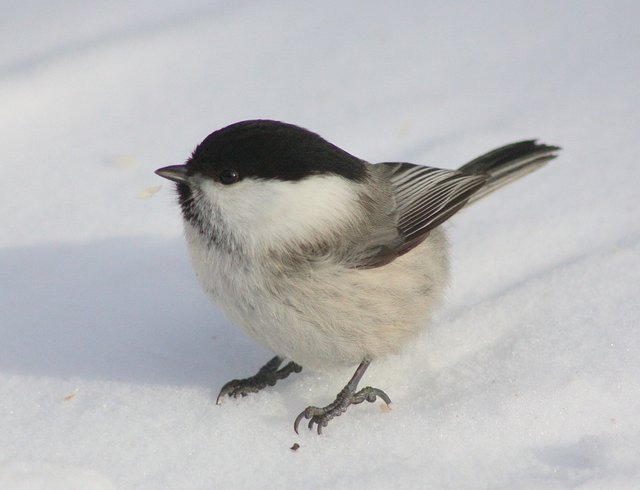
When you see a small, rounded bird with tuxedo markings, you’ve spotted a Black-Capped Chickadee. The Black-Capped Chickadee is just one type of non-migratory bird species found in the northern U.S. and in Canada, and they are the official State Bird of Massachusetts. And, just when you thought “Chickadee” was a super cute name, its nicknames are even cuter: the titmouse, tomtit, and the dickybird.
What to feed them: suet, berries, corn, sunflower seeds, and peanuts.
Common Redpoll
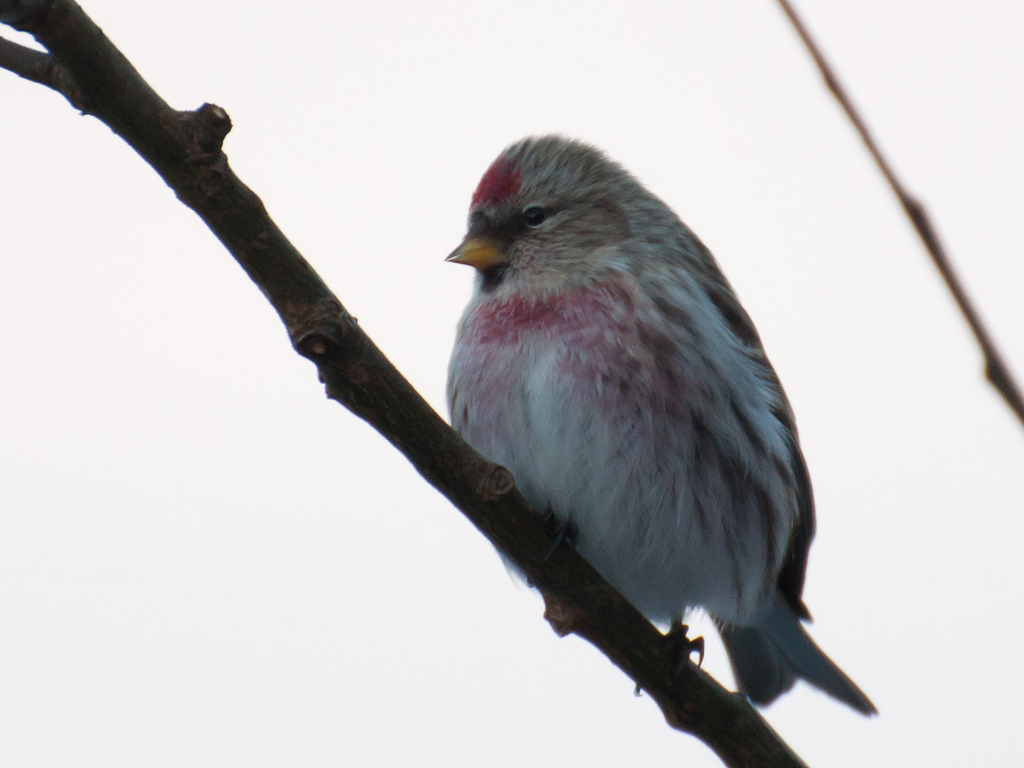
The Common Redpoll is a rouge and brown-colored species of bird in the finch family. They are such fun birds to watch because they are so lively and energetic. During winter, these birds are found in the northern U.S. and in southern Canada. They tend to stay in large flocks, so keep in mind, if you spot one there is another one close by.
What to feed them: millet, Nyjer thistle, and hulled sunflower seeds.
Northern Cardinal
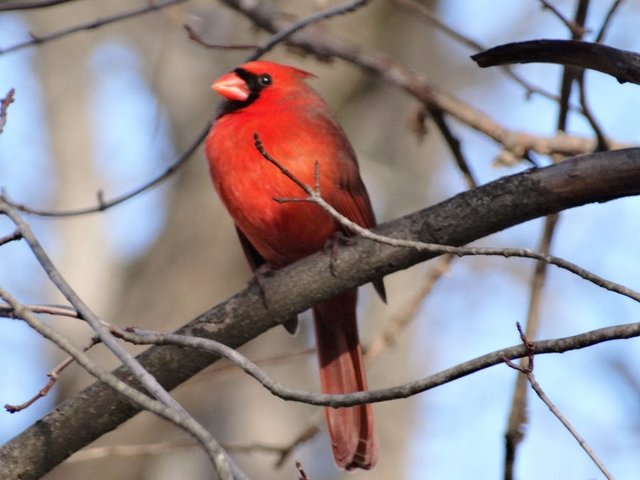
The Northern Cardinal is another type of non-migratory bird species. They are found in central and eastern parts of the U.S. and southern Canada, so if you live in these parts of the world, every day presents itself with a new opportunity to see one of these crimson beauties!
Due to its crimson red plumage, this bird is easy to spot even from quite a distance. What I love most about the Cardinal is how breathtaking it is to look at, especially when it’s snowed. I love to spread out birdseed directly on the snow-covered ground and watch them hop around on the snow while they feed.
What to feed them: black oil sunflower seeds, peanuts, suet, or mealworms
As you can see, there are so many birds to look for this winter season. Because there are countless bird species, I focused this post on the most common birds in the U.S. and Canada but there are, of course, many more to look out for.
My personal favorite is definitely the Cardinal, or "Red Bird", as I like to call them. I live in the Southern part of the U.S. and I see Cardinals almost daily, and the rest of these birds fairly often, with the exception of the Goldfinch. They are a bit more rare.
Please feel free to let me know if you enjoyed this post!
Just aswm ...
This post has been voted on from MSP3K courtesy of @followbtcnews from the Minnow Support Project ( @minnowsupport ).
Bots Information:
Join the P.A.L. Discord | Check out MSPSteem | Listen to MSP-Waves
This post has received gratitude of 0.57 % from @appreciator thanks to: @followbtcnews.